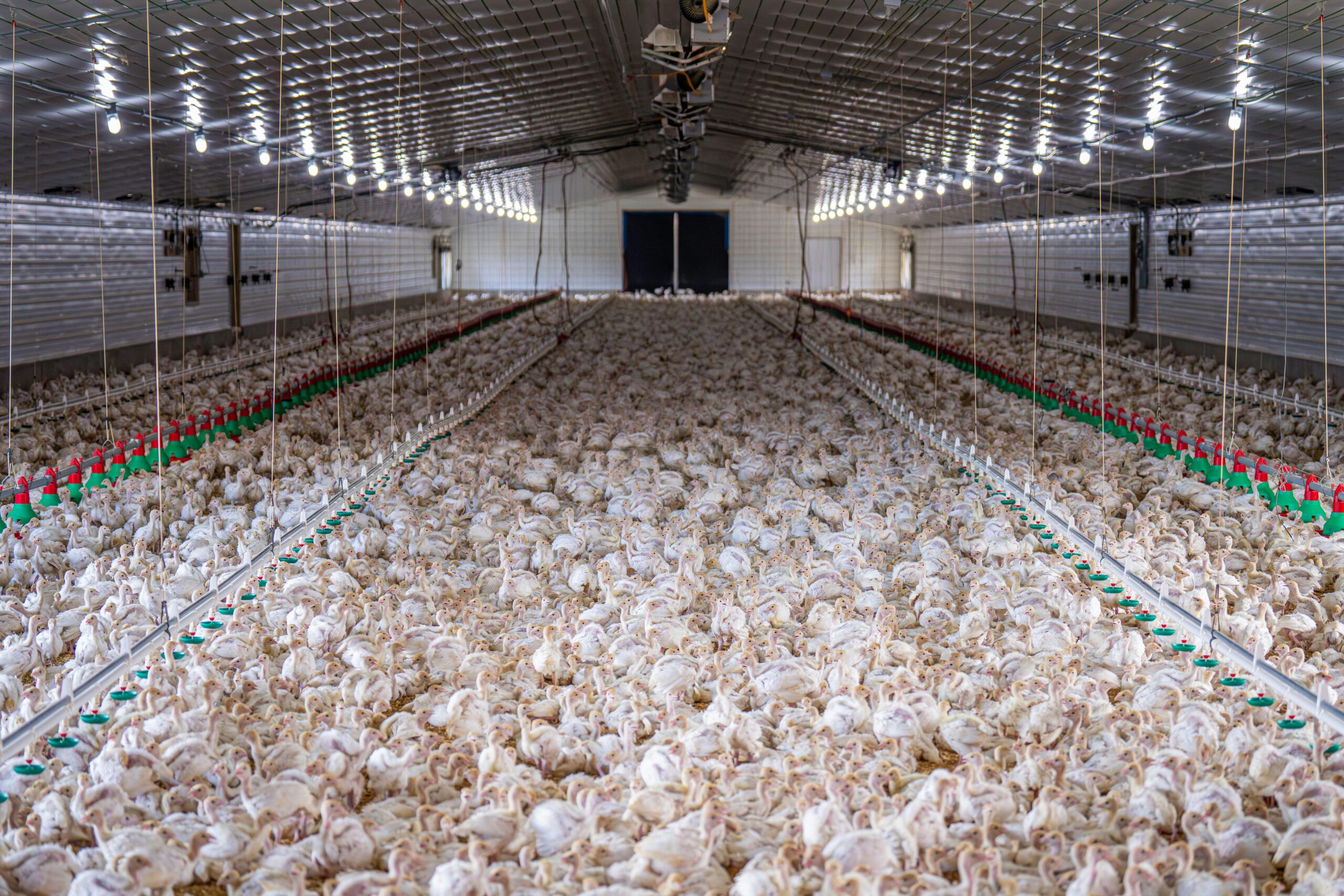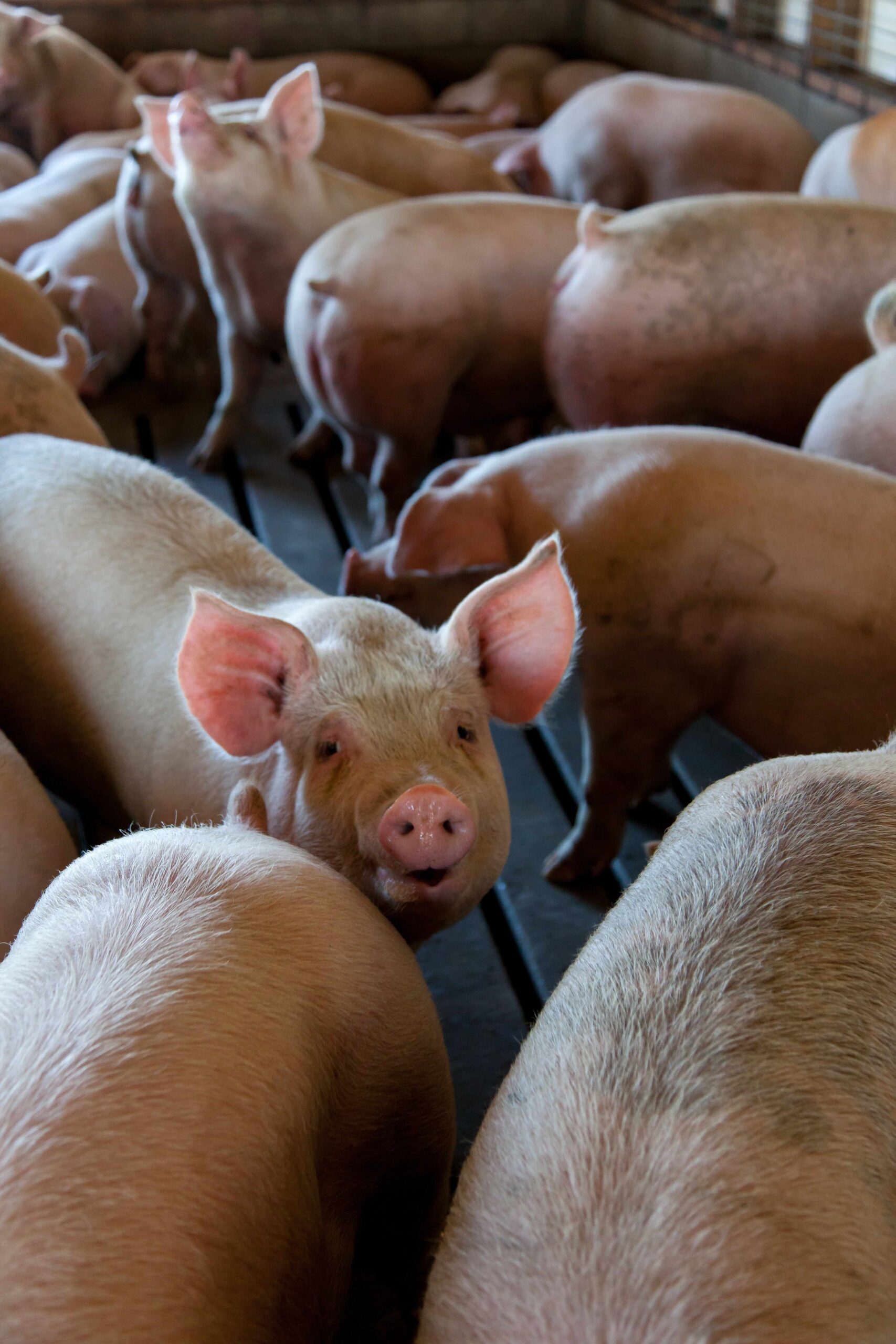The Corporate Transparency Act (CTA) is a federal law aimed at combating financial crimes like money laundering and tax evasion. Under the CTA, most corporations, limited liability companies (LLCs), and similar entities were required to disclose their “beneficial owners”—individuals who own or control at least 25% of the business or exercise significant decision-making authority.
Numerous court actions were filed challenging the requirement. The rulings since that time have gone back and forth, with a series of injunctions from some courts prohibiting the enforcement of the law while other courts allowing it. After the most recent injunction was lifted, the Department of Treasury announced a mid-March, 2025 deadline for compliance.
However, on March 2, 2025, the Department of Treasury announced that it would no longer be enforcing any penalties or fines associated with the beneficial ownership reporting requirements. Further, the Department will “be issuing a proposed rulemaking that will narrow the scope of the rule to foreign reporting companies only.” As of today, March 4, 2025, entities are not required to disclose their beneficial owners or comply with the existing CTA regulations.
Background on CTA & Reporting Requirements
On January 1, 2024, the CTA’s rules went into effect. Entities created before that date were given until January 1, 2025 to comply, while companies formed during 2024 were given 90 days to report the beneficial ownership information.
CTA regulations for reporting entities required they:
- Identify Beneficial Owners: Determine who qualifies as a beneficial owner within your company. Consider factors like ownership percentage and decision-making power.
- Collect Required Information: Gather key details about each beneficial owner, including their full legal name, date of birth, residential address, and an identification number (e.g., from a passport or driver’s license), as well as a scan or picture of that identifying document.
- Submit Information to FinCEN: File the information securely with the Financial Crimes Enforcement Network (FinCEN) through its online reporting system. Detailed instructions are available on the FinCEN website.
Noncompliance had significant consequences, including fines of up to $10,000 and/or imprisonment for up to 2 years. CTA requirements were separate from and in addition to any corporate paperwork that is filed with a state agency. It is an additional, and new, federal requirement. Entities also had an ongoing requirement to update the report if information changes.
Highlights of previous legal challenges:
As noted, several court actions were filed in 2024 challenging the new requirement. For example, a federal district court in Alabama ruled early in 2024 that the CTA was unconstitutional. Plaintiffs in that case were granted summary judgement, and CTA enforcement was suspended only for the named plaintiffs and members of the National Small Business Association.
However, rulings with larger effect came about at the end of 2024. One of those began on December 3rd, 2024 when Judge Amos Mazzant, a federal judge in Texas, issued a nationwide injunction. This injunction paused the reporting deadlines and prevents enforcement of the regulations. The ruling in Texas Top Cop Shop, Inc. v. Garland was in response to a request for a preliminary injunction, where the court found that the plaintiffs demonstrated a substantial likelihood of success on the merits of their claims. It was not a final determination of the case itself. The case was appealed, and the 5th Circuit Court of Appeals was asked two things: to decide based on the merits of the case, and to decide whether the injunction was issued appropriately. And this is where the road zigzagged!
On December 23rd, the 3-judge panel (the “motion” panel) responsible for considering the injunction decided that it was not issued appropriately and suspended enforcement of the injunction, reinstating the reporting requirements. Then, on December 27th, a 3-judge panel responsible for deciding the merits of the case (the “merits” panel) overturned the motion panel and reinstated the injunction. The foundation of the ruling, according to the court, was “to preserve the constitutional status quo while the merits panel considers the parties weighty substantive arguments”. Arguments for the appeal have been scheduled for April 1st in New Orleans.
The government chose to appeal the ruling of the merits panel to the United States Supreme Court (“SCOTUS”), arguing that the injunction should be lifted. On January 23, 2025, SCOTUS issued a ruling on the government’s “application for stay,” agreeing that the injunction should be lifted (and reporting requirements reinstated) until the litigation ends.
In the meantime, another district court judge had considered the issue. In that case, plaintiffs Samantha Smith and Robert Means challenged the constitutionality of CTA. On January 7th, Federal District Court Judge Jeremy Kernodle agreed with their contentions for the purposes of a preliminary ruling, which acted as a second nationwide stay.
This was only a temporary hold however, because in light of the SCOTUS ruling Judge Kernodle lifted the stay on February 17th. While this effectively re-imposed CTA requirements, the Department of Treasury soon announced that it would no longer enforce the regulations.
What’s next?
The Department of Treasury has announced that it will be issuing an interim final rule to narrow the scope of the rule. It expects to have that rule completed and issued by March 21st, 2025.
Further, there is also movement in Congress that may affect the future of the CTA. On February 10, the House of Representatives unanimously passed H.R. 736, which would modify the CTA by extending the filing deadline until January 1, 2026. That proposal has now moved to the Senate for consideration. A companion bill, S. 505, is also being considered in the Senate. Both the House and Senate versions would postpone the deadline, but leave the reporting requirements intact.
Other legislation, introduced together as H.R. 125 and S. 100, the “Repealing Big Brother Overreach Act,” would repeal the CTA entirely. They are under committee consideration in their respective chambers.
Changes could be made based on further developments in this court case (or others), changes in the regulations or guidance or even further Congressional action. Because of that, it is important to stay aware of future developments.
If you have additional questions, please reach out to a legal or financial professional.
Information on finding an attorney in your area is available here. Further, the FinCEN website
provides additional resources and information to clarify requirements and future changes.
Rumley, Elizabeth. “Corporate Transparency Act Deadline Upcoming.” Southern Ag Today 4(48.5). November 29, 2024. Permalink




